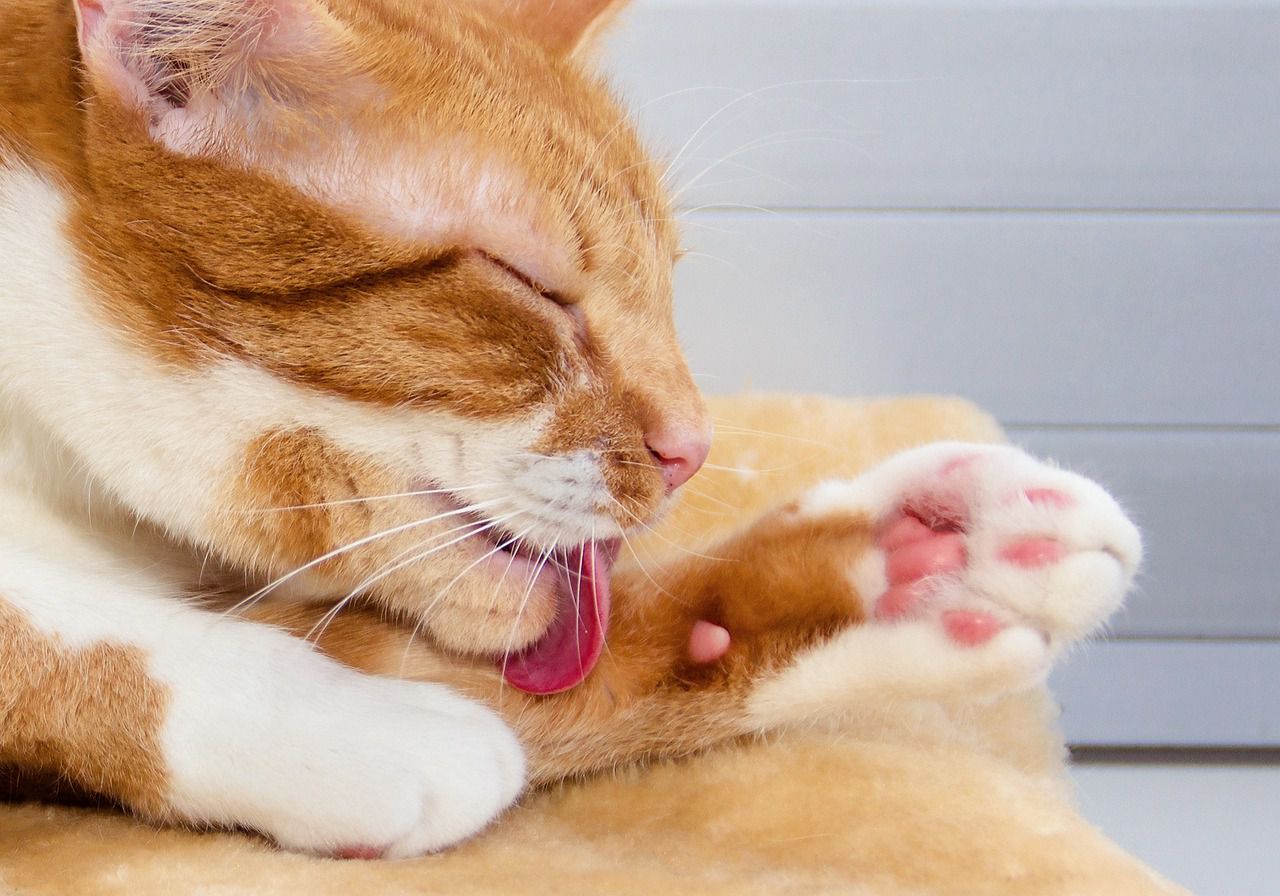Have you ever noticed how unusual a cat's tongue looks?
Felines, such as cats, have spikes or backward-facing papillae on their tongues, which are tiny, hook-like structures.
These papillae serve several important purposes in a cat's life.
Grooming
The primary function of these spikes is grooming.
Cats are meticulous groomers, and their tongues are designed to be highly efficient in cleaning their fur.

The backward-facing papillae act like combs, allowing cats to catch and remove loose hairs, dirt, and debris from their fur.
This self-grooming behavior helps cats stay clean, removes parasites, and distributes natural oils through their fur for protection and insulation.
Efficient Feeding
The spikes on a cat's tongue also play a role in feeding.
They help cats to rasp meat off bones and strip meat from prey effectively.
The papillae, combined with their sharp teeth, allow them to tear and ingest meat efficiently.
Drinking
Cats use their tongues to drink water as well.
The spikes help create a wicking action, allowing them to lap up water quickly and efficiently.
The backward-facing papillae help cats hold a small amount of water in their mouths before swallowing it.
Sensory Perception
The papillae on a cat's tongue are equipped with taste buds, which help them detect various flavors in their food.
This helps them assess the taste and quality of their prey or food.









